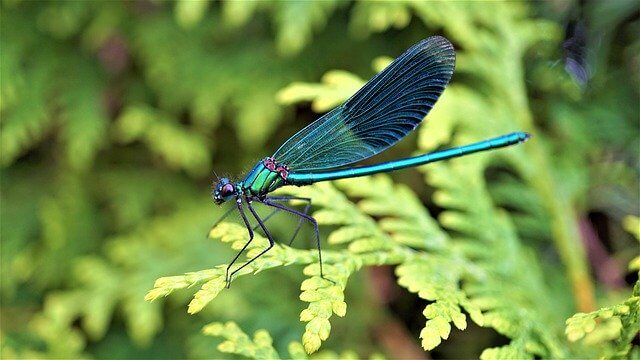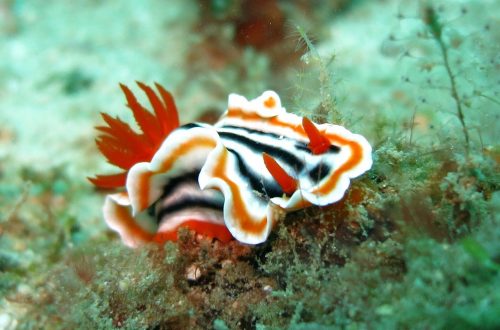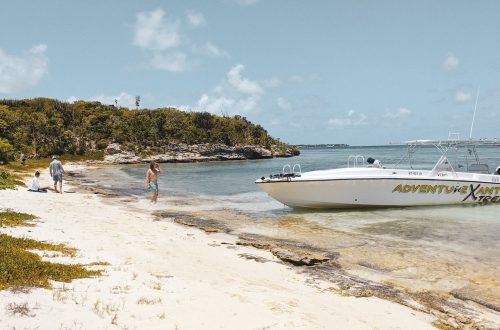
How to Rewild Your Garden: 5 Low (or No) Cost Ideas
If you’ve been reading this month’s mini series on rewilding, you might be looking at your own outdoor space and wondering what you can do to jump on the rewilding train. Well look no further, your “how to rewild your garden” guide is here!
We all know how much Britain needs nature, so this week we have one GIANT wild thing we can do to help.
We are going for basic, no-specialist-knowledge-required, zero-skills-involved, anyone-can-do-it (if they have outside space), easy-peasy, quick, low cost options.
I’m telling you this now because if you’ve come looking for specific plant names, I don’t have them. If you want a particular species of butterfly, I probably don’t know how to attract it. This is all about keeping it simple and general.
You can pick and mix your favourite ideas depending on the time, space and money you have available!
1. Reintroduction of Lost Species
What You Need to Do

Don’t worry, it’s not wolves or beavers this time. Instead…simple wildflowers will do the trick!
I bought wildflower seed mix at a local garden centre for about £8 but you can pick up smaller seed packets for much less if you prefer.
All you need to do is sprinkle them over some soil, rake them in and make sure they get some water. I added some organic plant food but I’m pretty sure it’s not essential to success.
The beauty of this is that you don’t need a garden to do it! If you only have a balcony or you’re in a rented or shared space, whack them in a planter! The internet is littered with “how tos” on making planters from pallets for free, or if you’re lazy, like me, you can buy them quite easily on the internet or at garden centres.
How It Works
Wildflowers should attract pollinators like bees and butterflies. These will pollinate more flowers which not only look pretty but also keep pollinator populations going!
Pollinators are ESSENTIAL for farming and for keeping plants reproducing so that they can do their vital part in food chains. It’s a nice self-sustaining trick to rewild your garden.
Keep an eye on my Instagram to see how mine turn out (don’t get excited- I’m the world’s worst gardener).
2. Let it Grow
What You Need to Do

Being the world’s worst gardener, I was delighted to find out that letting your lawn grow is just about the best thing you can do for wildlife in your garden!
So just…don’t mow it.
You probably want to cut back any nettles that grow, else they’ll take over, and you could sprinkle in some of those wildflowers from step one if you wanted, but these steps are totally optional.
I’ve also recently learned that “meadow turf” is a thing, so if you’re feeling a bit wealthier and fancy a garden makeover, why no give that a go?
How It Works
Grass is AMAZING for lots of reasons (read about its importance in Pleistocene park if you don’t believe me) but in our gardens, we tend to have one single species of grass.
By letting it grow (and more so if you add wildflower seed) you will allow other species to grow in there.
In doing so you are creating new food sources and new hiding places for wildlife.
As an aside, my husband wasn’t too happy about this one and somehow he won the battle. Oh well at least I have my planter.
3. Be a Habitat Engineer
What You Need to Do

Remember those beavers in Yellowstone and how they engineered little pools that stuff could live in? Why not be the beaver in your garden and make your own pool for wildlife?
You could go all out on a full pond with fish, frogs and the whole shebang but a little can go a long way on this one.
The Wildlife Trusts suggest something as small as a bucket, washing up bowl, or plant pot filled with water could make all the difference to biodiversity in your outside space, so again, even in rented property you can still do this one.
This could be a tiny bit more of a pricier option because apparently you need some sand and gravel at the bottom and some plants to oxygenate the water. Plus, the wildlife needs to be able to get in and out of the pond so probably some rocks to help with that.
I’ll refer you to this handy guide from the Wildlife Trusts (big fan) from here.
How It Works
By adding water to your garden, you’ve created a whole new habitat. This is a new place to live, feed and find mates. What could be better?
4. Make More Niches
What You Need to Do

I’ve mentioned niches a few times now- it’s to do with the role an organism fills in its habitat. Where it lives, what it eats and what eats it all contribute to an animal’s niche. More available niches generally leads to higher biodiversity, which is essential if you want to rewild your garden.
And the easiest way to make more niches? Create microhabitats.
Insects will be some of the most willing visitors to your garden if you invite them in with some nice creepy crawly hiding places.
The best thing is you can use basically anything. A pile of twigs, logs, old bricks and the insides of bamboo canes. Just think tiny hiding places.
Again, the beauty of this is that you can do it anywhere, for the mere cost of a scavenger hunt in your local woods and a bit of recycling. The RSPB has great ideas on “bug hotel” building.
How It Works
Insects provide LOADS of ecosystems services.
Not only are they an important food source for animals like birds but they also play an important part in nutrient cycling in our soil, keeping those all important plants healthy. When thinking about how best to rewild your garden, it’s all (or a lot) about the plants!
5. Create Wildlife Corridors
What You Need to Do
“Wildlife corridors” is a genuine conservation term to do with how we connect habitats together (next month’s topic).
Basically, animals, particularly birds and mammals, generally avoid moving about in the open. If you want to attract wildlife you need to give them shelter to move through.
How It Works
Let me illustrate what I mean. When I bought my first house, we got a bird feeder and I was all excited thinking that immediately birds would flock from far and wide and I’d be like Cinderella or Snow White dancing around the garden with them. I was a little disappointed when no one turned up except the odd pigeon.
My parents’ bird feeder is so successful that they probably spend more money on bird food than their own food so I asked my Dad what I was doing wrong.
Without hesitation he replied that we needed some bushes- the birds only flit out for food momentarily and then back in for shelter. As I watched them, I realised he was right.
So the moral of the story is, bushes are king. Connect them around your garden if you can so birds can spend minimal time in the open.

One Wild Thing
Well… you’ve already read it.
Now you know how to rewild your garden, this week, pick one (or more) of these steps for your own space and let me know how it goes!









One Comment
Pingback: